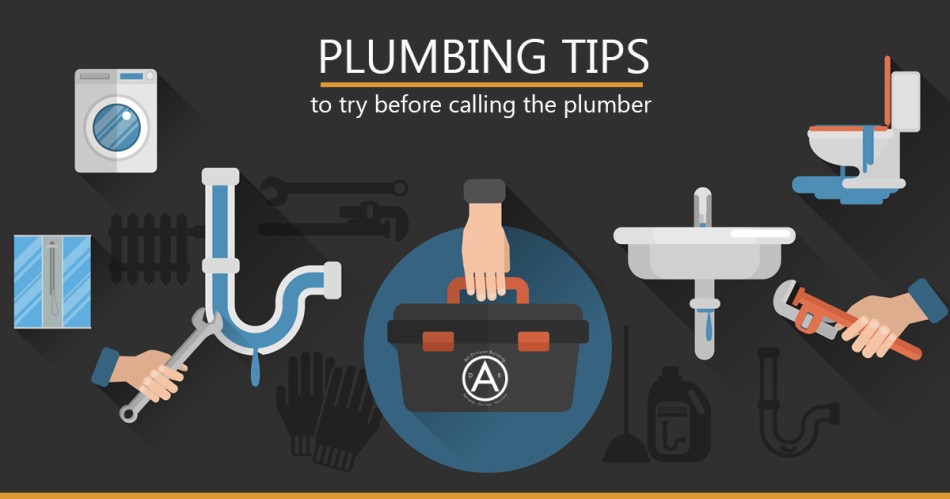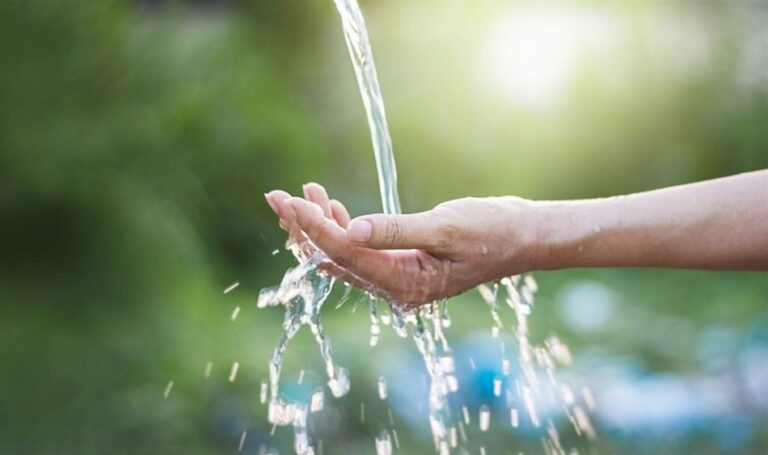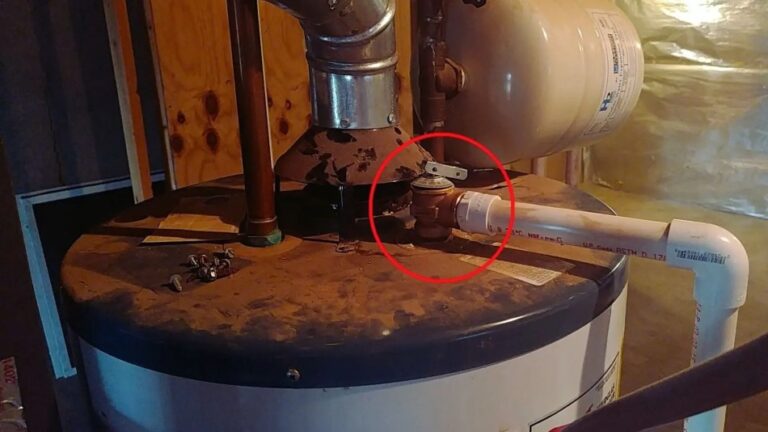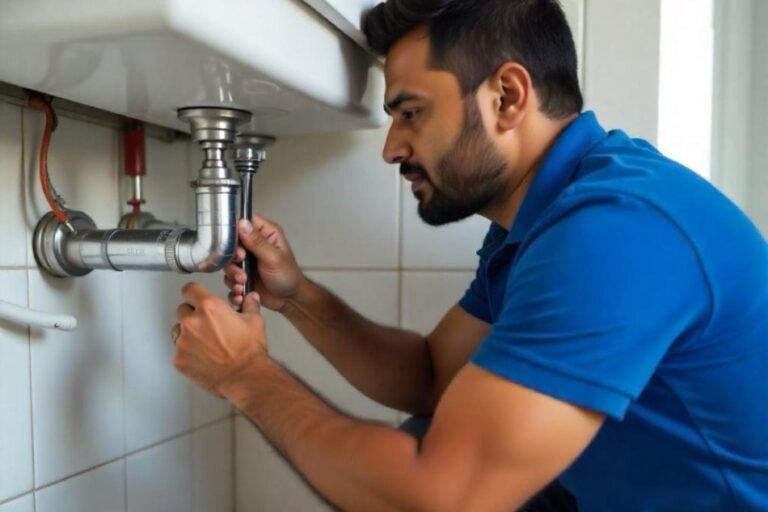Tips and Troubleshooting for the Plumbing To effectively troubleshoot plumbing issues, start with identifying the problem, such as leaks, slow drains, or low water pressure. Then, check for obvious signs like wet spots or unusual noises. If you’re unsure, it’s always best to call a professional for help.
Troubleshooting Steps:
-
Identify the Problem:
Leaks: Look for wet areas on walls, floors, or ceilings. Keep an ear out for dripping sounds.
Slow Drains: Check if the drain is draining slowly or if water is backing up.
Low Water Pressure: Note if the water pressure is low throughout the house or in one specific area.
Unusual Sounds: Listen for gurgling or bubbling sounds in the pipes.
-
Inspect the System:
Inspect Pipes: Look for any signs of water damage, mold, or rust.
Check Shut-Off Valves: Ensure the shut-off valves are working properly.
Test Water Pressure: Use a water meter test to check for leaks.
Check Faucets and Showerheads: Look for leaks or mineral buildup.
-
Troubleshooting Specific Issues:
Clogged Drains: Use a plunger, drain snake, or a mixture of baking soda and vinegar to unclog drains.
Low Water Pressure: Check for leaks in pipes and appliances.
Leaky Faucets: Replace worn-out washers, O-rings, or seals.
Toilet Leaks: Check the tank for leaks by using food coloring.
-
When to Contact an Expert:
Persistent Problems: If you can’t fix the problem yourself, call a professional plumber.
Severe Leaks: If there are large leaks or water damage, call a plumber immediately.
Unclear Issues: If you’re unsure about the cause of the problem, consult a plumber.
Tips for upkeep: Regularly Check for Leaks: On a regular basis, look for leaks in the pipes and faucets.
Watch What Goes Down Drains: Avoid throwing grease, oil, or other debris down the drain.
Maintain Septic Tanks or Sewer Lines: Get your septic tank or sewer lines inspected regularly.
Use Garbage Disposals Carefully: Avoid overusing or overloading the garbage disposal.
Clean Showerheads: Remove mineral buildup from showerheads regularly.




